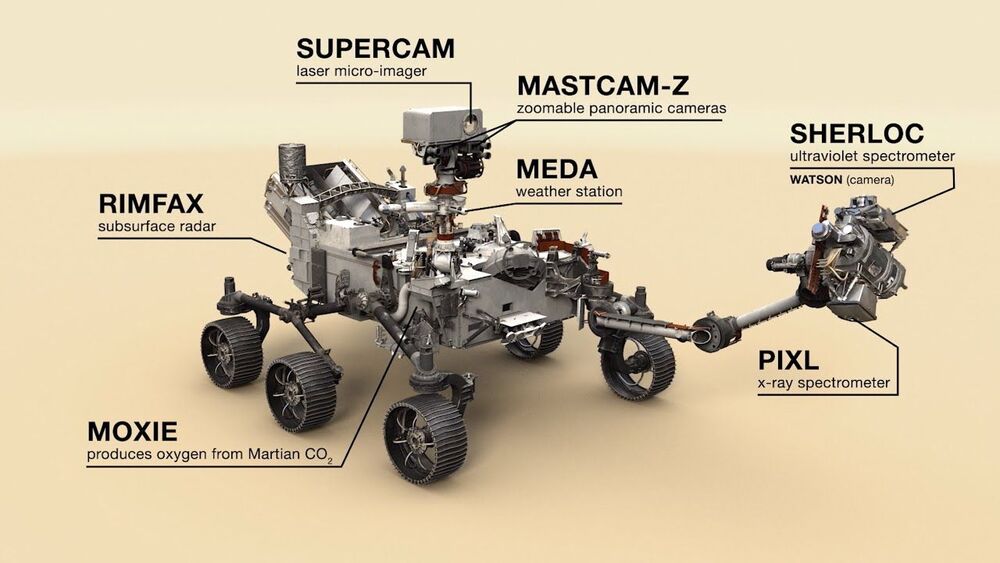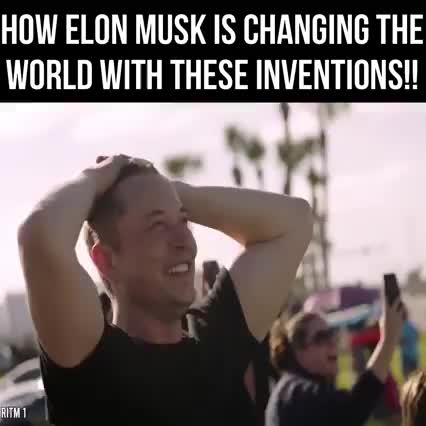Buildots attaches 360 cameras onto project managers’ hardhats to collect footage inside the construction site, flagging problems to be solved and tracking construction progress.
NEW: A new photo from NASA rover Perseverance’s “jetpack” shows the surface of Mars just before it touched down on the Red Planet.
Like.
Comment.
Great new episode with Alex Filippenko, a University of California, Berkeley astronomer, who was part of the Nobel-winning teams that discovered dark energy in the late 1990s. Please listen.
Nearly 25 years after its discovery, the mystery at the core of dark energy persists. Astronomers are no closer to understanding what’s behind this cosmic repulsive force that counteracts gravity and causes the cosmos to expand at an accelerating rate than when it was first discovered in 1998. Guest Alexei Filippenko is a member of the Nobel Prize-winning team that detected dark energy via supernovae surveys. He gives us the inside scoop on how dark energy was detected; what it means for our existence and the prospects for unmasking this bizarre force of nature that makes up some 70 percent of the observable universe.
Scientists have cloned the first U.S. endangered species, a black-footed ferret duplicated from the genes of an animal that died over 30 years ago.
Samsung’s find my mobile app will work without a network connection.
Lost your phone and your connection? Samsung’s Find My Mobile App is promising a solution for that.
No fuel. No electricity. Just the power of nature! This pump harnesses the flow of rivers to bring water to farmers over a mile away! It’s an affordable and sust… See More.
NASA Perseverance Lands on Mars!!
Posted in space
HOW CUTE 🥰 Meet Elizabeth Ann, the first-ever cloned U.S. endangered species. She’s a black-footed ferret duplicated from the genes of an animal that died in 1988.
“You might have been handling a black-footed ferret kit and then they try to take your finger off the next day,” U.S. Fish and Wildlife Service black-footed ferret recovery coordinator Pete Gober said Thursday. “She’s holding her own.”
Elizabeth Ann was born and is being raised at a Fish and Wildlife Service black-footed ferret breeding facility in Fort Collins, Colorado. She’s a genetic copy of a ferret named Willa who died in 1988 and whose remains were frozen in the early days of DNA technology.
Cloning eventually could bring back extinct species such as the passenger pigeon. For now, the technique holds promise for helping endangered species including a Mongolian wild horse that was cloned and last summer born at a Texas facility.
This is the most important thing in the universe now.
Good.is | By GOOD
Put your flippers together for a six-pack that even seabirds can support.









